Fibre fortified foods are gaining favour, fast. This uptick in demand is largely driven by the growing bank of scientific evidence and increased consumer understanding of the benefits of a fibre-rich diet.
From supporting the immune system to helping to stabilise blood sugars, fibre has been shown to offer health benefits beyond digestion. In fact, a significant majority (80%) of UK consumers now link fibre with both improved digestion and gut health, according to Puratos’ latest Taste Tomorrow research.
Despite this growing awareness, closing the fibre gap is a prevailing issue – and the pervasive consumer view that most high fibre foods have an unappealing taste or texture is one of the reasons why. So how can bakers produce high-fibre, health-boosting, mouth-watering breads?
Here, we explore ways in which bakers can capitalise on the fibre trend – including how to enhance rather than sacrifice taste and texture, and how to stand out from the crowd with clear and clever labelling.
The rise of white bread
Food culture has changed over the past century, largely due to a shift in shopping habits in the post-war era. Following a prolonged period of rationing and austerity, white bread became a symbol of peace-time prestige – a far cry from the highly standardised and often uninspiring National Loaf.
In the years that followed, demand quickly grew for food that was easier to consume, more affordable, and had a longer shelf life. This gave rise to the introduction of mass-produced products that were often less fresh, less seasonal, and less diverse.
It is certainly true that wholemeal, high-fibre, more natural food is making a comeback, but British post-war perceptions of high fibre, fortified breads persist. This is where ‘nudge nutrition’ comes in.
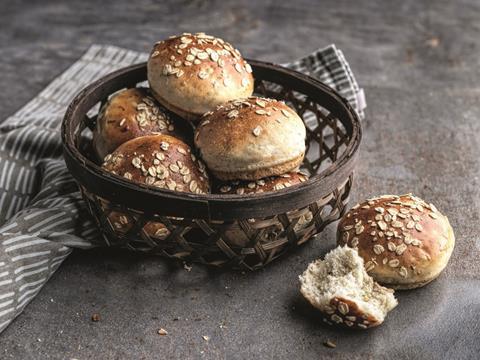
Nudges in the right direction
By slowly adding or ‘topping up’ existing ‘white’ products with wholegrain flour, bakers can create blends that don’t taste materially different. This incremental, small-scale ‘nudging’ on a regular basis can have a huge net impact on the population. Consumers gradually get used to higher and higher fibre content and then start to naturally demand it.
Processes that change the properties of fibre, such as fermentation and hydrolysis, can also help overcome the sensorial challenge. For example, sourdough fermentation not only offers nutritional advantages, like better digestibility and micronutrient bioavailability, but also unlocks enhanced and unique flavours and textures.
There is also an opportunity to create new flavours and desirable textures through side-streamed ingredients. Naturally rich in the soluble fibre pectin, apple skins and cores can bring a fruity, sweet, caramelised taste to products, while increasing the perception of freshness due to their ability to hold more water. Overall, you get a more indulgent, fibrous, and sustainable product.
Leveraging the power of labelling
When it comes to labelling, manufacturers have a captive audience. In fact, 83% per cent of UK respondents to Puratos’ Taste Tomorrow survey say that they now read packaging information, with almost half (43%) looking for nutritional values.
Bakers can reap the benefits of their fibre reformulations with the right message, but firstly, they need to understand what resonates most with consumers. Puratos UK recently conducted consumer research into grains and seeds, which revealed that consumers view added ingredients as ‘less natural’. So, making the explicit link between naturally high fibre ingredients and health benefits is essential to improving appeal. The research also found that ‘high fibre’ and ‘healthy gut support’ messages were preferrable to ‘added fibre’ or ‘immune system support’.
By explaining why the fibre has been added to a product, and making clear the health benefits that it can bring, the taste and texture that can be expected, and any positive impact to the planet, consumers can more easily digest the added value.
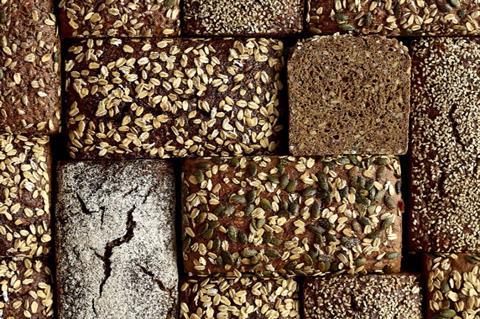
The future of high-fibre food
When it comes to fibre in bakery, the opportunities are endless. As consumers are ‘nudged’ towards high fibre food, new flavours, sources, textures, functions, and benefits can be uncovered. For example, with conscious consumerism on the rise, other ‘waste’ source products, such as banana skins and mango stones, could be more commonly used in bakery to boost fibre content. These ingredients can also inherently contain micronutrients, increasing the vitamin and mineral content of breads.
The functional food trend will also drive development of smaller, more fibre-dense ‘supplement’ products, such as oatcakes and fibre bars. Furthermore, ‘biotic-boosted’ bakery products, with targeted micronutrient enhancement such as calcium fortification, are predicted to gain ground in the gut health space. A healthy gut doesn’t just mean better digestive transit and less bloating, it also means we can absorb more nutrients from all the foods we consume.
Once momentum has gathered, consumers will start to expect more from bakery and snack products and the true potential of high-fibre products can be realised, supported by solid science and industry innovation. Watch this (fibre) gap.



















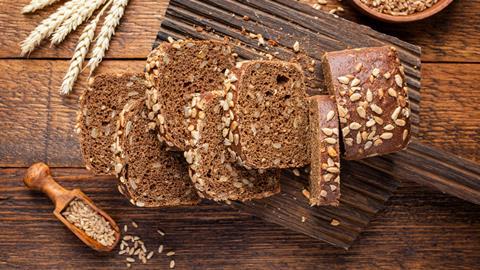



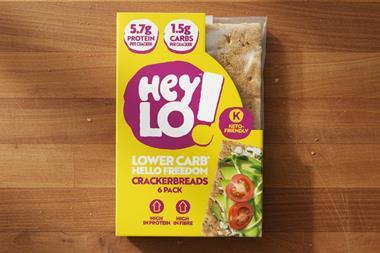

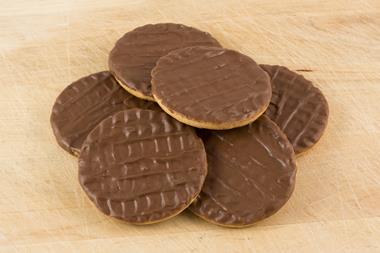
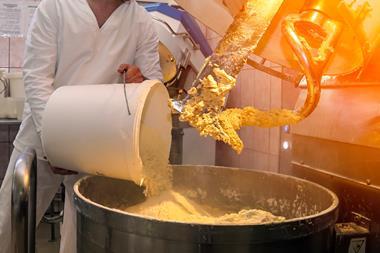






No comments yet